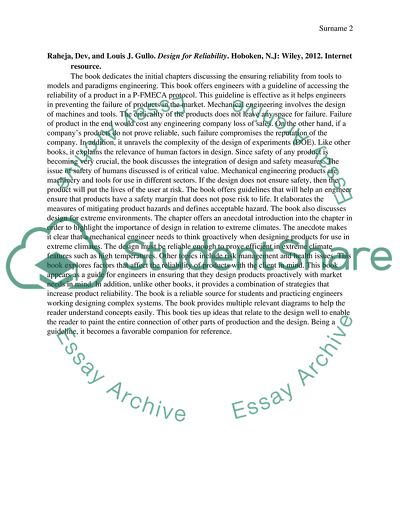Cite this document
(Product Design and Manufacturing Annotated Bibliography Example | Topics and Well Written Essays - 3750 words - 1, n.d.)
Product Design and Manufacturing Annotated Bibliography Example | Topics and Well Written Essays - 3750 words - 1. https://studentshare.org/engineering-and-construction/1786802-annotated-bibliography
Product Design and Manufacturing Annotated Bibliography Example | Topics and Well Written Essays - 3750 words - 1. https://studentshare.org/engineering-and-construction/1786802-annotated-bibliography
(Product Design and Manufacturing Annotated Bibliography Example | Topics and Well Written Essays - 3750 Words - 1)
Product Design and Manufacturing Annotated Bibliography Example | Topics and Well Written Essays - 3750 Words - 1. https://studentshare.org/engineering-and-construction/1786802-annotated-bibliography.
Product Design and Manufacturing Annotated Bibliography Example | Topics and Well Written Essays - 3750 Words - 1. https://studentshare.org/engineering-and-construction/1786802-annotated-bibliography.
“Product Design and Manufacturing Annotated Bibliography Example | Topics and Well Written Essays - 3750 Words - 1”. https://studentshare.org/engineering-and-construction/1786802-annotated-bibliography.


